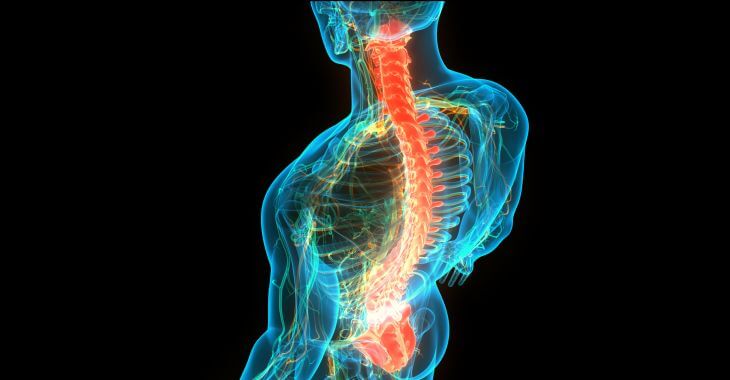Failed Back Surgery Syndrome
When spinal injuries or painful back conditions are treated with invasive surgical procedures, pain can be relieved and full range of movement can be restored. In some cases, however, a condition known as failed back surgery syndrome can become a very real concern. For patients suffering from FBSS, treatment options are varied and may not include a second surgery.
What is Failed Back Surgery Syndrome?
The chronic back and leg pain which can result from a surgical procedure, most commonly after a laminectomy, is known as failed back surgery syndrome. Recurrent disc herniation, post-operative pressure on a spinal nerve, scar tissue and joint hypermobility with instability can all be contributing factors to failed back surgery syndrome, which can have a significant negative impact on your quality of life.
Symptoms of FBSS, or post-laminectomy syndrome, can include a sharp pain in the back or legs, dull, achy pain in the back and pain which radiates to the thighs, buttocks or hips.
Non-Surgical Treatment for FBSS
When a failed back surgery causes persistent pain and discomfort, more surgery may not top your list of favorable treatment options. If you’re hesitant to have a second procedure, there is a host of non-surgical treatment options available to you. Look for a back pain center with a focus on multi-faceted, non-surgical treatment for failed back surgery syndrome. These treatments include physical therapy, electrical nerve stimulation, spinal injections and medications.
While corrective surgery may be required in severe cases, a back pain specialist may be able to help you achieve relief through non-surgical methods. Contact a back pain center or spinal specialist in your area to discuss treatment for failed back surgery syndrome.
Posted on behalf of Armin Oskouei
The information provided on this website, including text, graphics, images, and other materials, is intended solely for informational purposes and should not be used as a substitute for professional medical advice, diagnosis, or treatment.

)